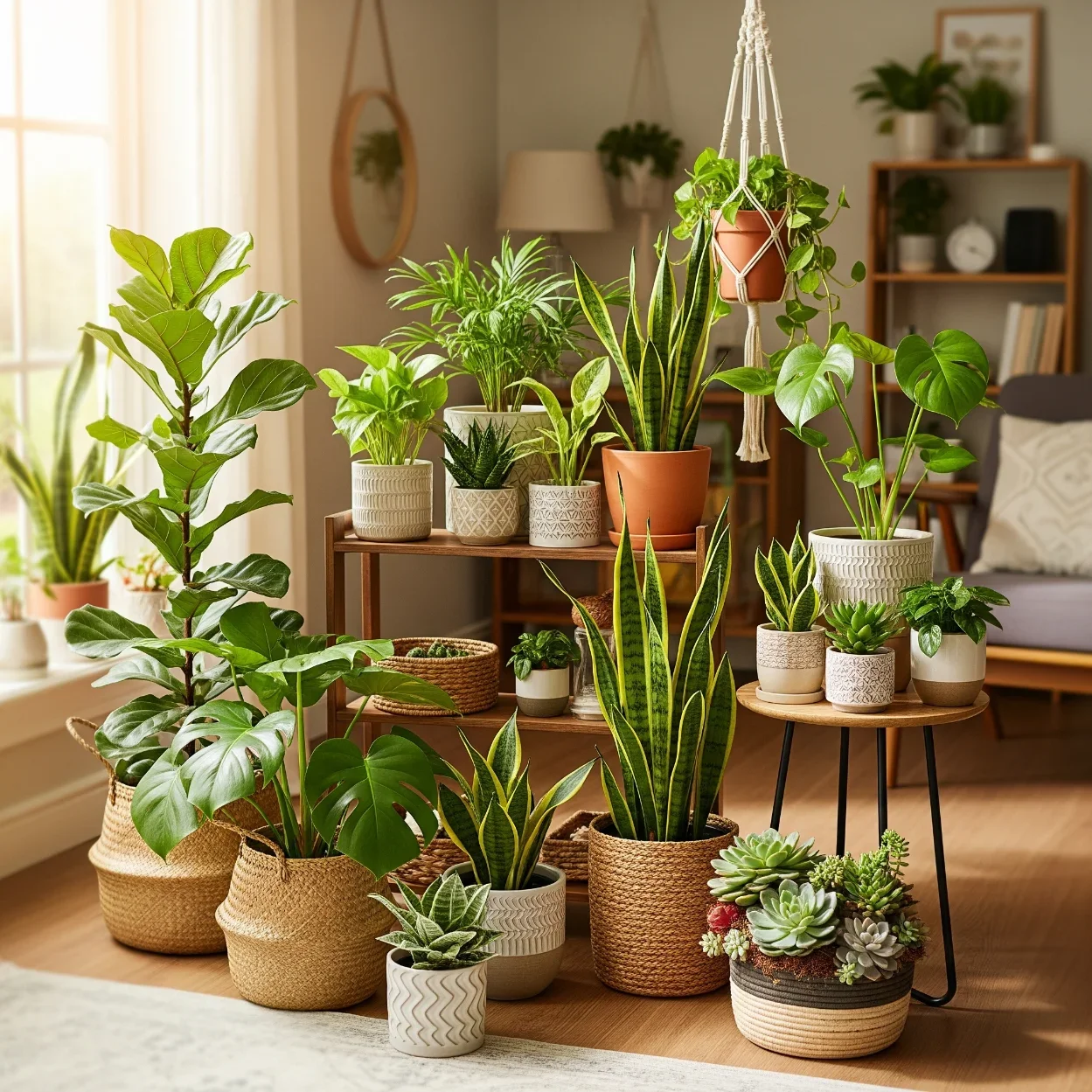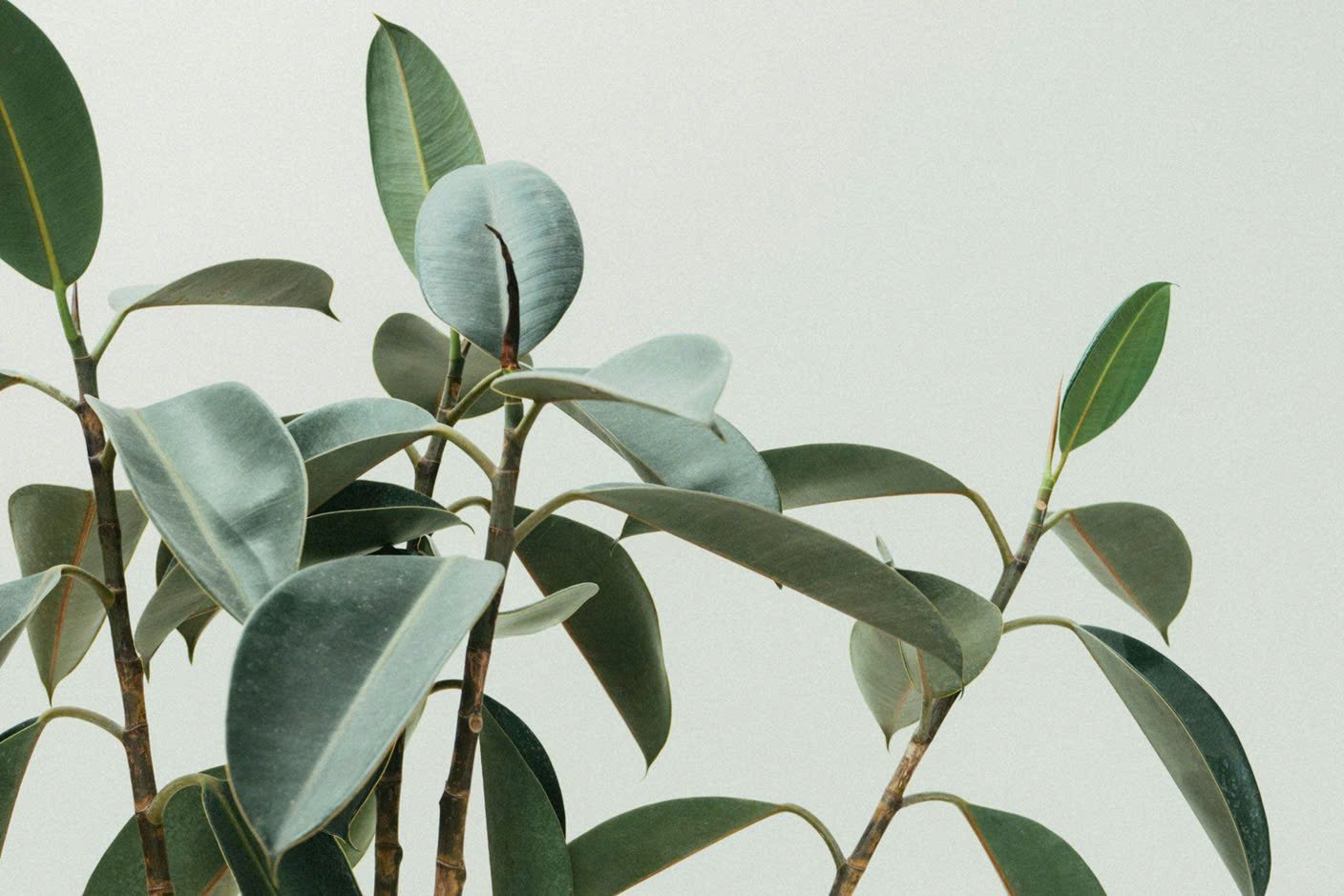Effortless Indoor Gardens: How Self-Watering Systems Are Changing Home Décor
Learn how self-watering systems make indoor gardening easy, stylish, and sustainable, transforming home décor with lush, thriving greenery.
Walk into any modern apartment and you’ll spot the shift - plants are no longer afterthoughts, they’re centerpieces. Self-watering planters have turned once-fussy greenery into reliable design elements, freeing even the busiest city dwellers to style with living color.
By removing the daily upkeep barrier, these systems are driving a new wave of biophilic design. Designers can now plan layouts, color schemes, and materials around thriving plants that stay vibrant year-round. The result: interiors that feel calmer, fresher, and unmistakably alive.
Freeing Up Floor Plans
Traditional pots need trays, easy sink access, and plenty of light, so homeowners usually clump them near windows. Self-watering systems rewrite those rules. Many models feature built-in reservoirs that feed roots for weeks, so you can tuck plants onto high shelves, hang them from the ceiling, or line them along interior hallways that never see direct sunlight.
The modular design of newcomers like the aquatree even stacks planters upward, creating full green columns without eating precious square footage. That frees up floors for statement furniture while adding vertical interest that draws the eye up. Every time you place greenery overhead or in odd nooks, you soften hard architectural lines and make the space feel taller.
When clients realize they can treat plants like artwork rather than obstacles, room planning gets adventurous. Floating credenzas gain leafy backdrops, awkward alcoves turn into thriving vignettes, and stairwells become indoor terraces. Convenience drives the shift, yet the visible impact is a more dynamic, layered interior.
Minimalist Design
Minimalist interiors traditionally rely on sleek surfaces, restrained palettes, and as few accessories as possible. Unfortunately, classic ceramic planters with saucers often disrupt that clean line. Self-watering vessels solve the problem by hiding the mechanics inside double walls or discreet reservoirs. From outside, you see only a smooth cylinder, a matte cube, or a slender tower.
This unobtrusive silhouette lets homeowners embrace lush texture without compromising simplicity. A row of snake plants in identical self-watering tubes, for instance, adds living movement yet leaves the visual field uncluttered. Designers are mixing high-gloss white planters with concrete floors or pairing jet-black reservoirs with pale oak cabinetry, creating tension that feels intentional rather than accidental. Convenience may be the selling point, but the real win is a tighter, more controlled aesthetic vocabulary.
Influencing Modern Color Palettes
Because plants now survive long-term, homeowners are willing to pull natural greens into their overall palette. Deep emerald leaves might echo the sofa upholstery, while variegated pothos patterns inspire accent pillows. Designers report clients asking for wall colors that make foliage pop: muted terracotta, sandy beige, or twilight gray rather than stark white.
Self-watering systems quietly reinforce those choices. They keep leaves vibrant, preventing the dull yellowing that once clashed with curated color schemes. With hue stability, decorators can treat a monstera’s glossy greens as a permanent swatch on the mood board. The ripple effect is interiors that feel cohesive, as if the color came straight from a forest walk rather than a fan deck.
Embracing Earthy Finishes and Natural Materials
Once plastic pots enter a room, they set a tone designers battle to overcome. Recent self-watering collections arrive in matte concrete, powder-coated steel, natural fiber composites, or even reclaimed wood sleeves. Those finishes nudge entire rooms toward organic textures.
Homeowners finding themselves drawn to tactility add linen throws, jute rugs, and raw-edge side tables to harmonize with the planters. Industrial lofts that once relied solely on metal and brick now soften with clay or stone reservoirs that echo outdoor landscapes. The care system hides inside, but the exterior material becomes a catalyst for a warmer, more grounded design narrative.
Wellness-Centered Design Element
It is no secret that greenery boosts mood, but constant watering chores often negate those calming benefits. Self-watering technology flips the script. Owners check a single indicator every week or two, then get back to enjoying their space. That low-stress relationship with plants positions them as wellness features rather than tasks.
Designers lean into this shift by carving out meditation corners framed with self-watered ferns or reading nooks shaded by trailing philodendrons. The aesthetic becomes softer, yes, but it also signals a lifestyle: this is a home that prioritizes mental clarity. Convenience drives adoption, and the decor language of tranquility follows.
Conclusion
Self-watering systems started as a practical answer to forgetful plant parents. In the process, they quietly rewritten the aesthetics of our interiors. Layouts adapt to vertical green towers, color choices pivot to nature’s palette, and material selections grow warmer and more textured. The humble act of keeping a plant alive now shapes how we arrange furniture, paint walls, and select finishes.
Next time you adjust your room, ask yourself: what could a thriving plant column do here? Odds are, it will do more than stay alive. It will steer the entire design conversation toward a fresher, calmer, and more connected space.








